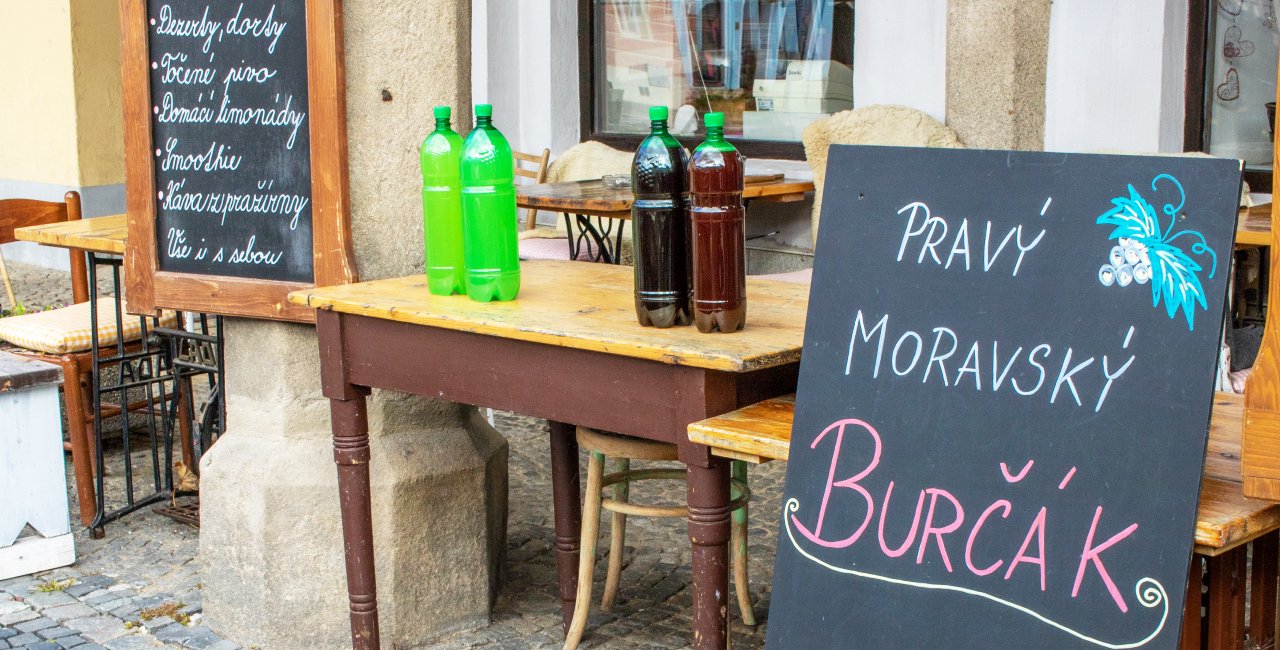Oenophiles in Czechia will need to wait a little longer for their first glass of burčák, the popular partially fermented grape juice that signals the arrival of harvest season. The beverage can legally be sold from Aug. 1, but this year’s cooler and wetter summer has delayed grape ripening, pushing the start of the season into the second week of August.
Winemakers across South Moravia, the country’s main wine-growing region, report that while June’s drought initially raised concerns, ample July rainfall brought vineyards back into balance.
Still, lower-than-average temperatures mean grapes are ripening at a slower pace, in line with long-term seasonal norms rather than the accelerated timelines seen in recent hot years.
Grapes ripening at a slower but healthy pace
Under Czech law, burčák may be sold starting Aug. 1 through the end of November—but in practice, the drink only appears once grapes reach sufficient sugar levels to begin early fermentation.
“Years when we had burčák as early as Aug. 1 were always due to abnormally early ripening,” David Šťastný, director of Chateau Valtice – Vinné sklepy Valtice, told Czech News Agency. “This year, we’re planning to harvest our earliest variety, Augustovskij, on Aug. 5, and start burčák sales that weekend.”
Other growers specializing in burčák production report similar timelines. Miloslav Machuča, who cultivates grapes specifically for burčák, plans to harvest the Irsai Oliver variety next week. “Even the flowering was later this year compared to last,” he told Czech News Agency. “I expect to have burčák ready around Aug. 9 or 10.”
Wineries that do not focus primarily on burčák will begin their harvests even later. “Our grapes haven’t begun softening yet,” said Petr Ptáček, vineyard manager at Habánské sklepy and part of the Bohemia Sekt group.
“We expect to start picking around the last week of August, depending on further weather developments. Our priority is keeping the grapes healthy and ensuring even ripening.”
According to Ptáček, the July rains helped offset the water deficit caused by June’s dry spell, especially in younger vineyards with shallower roots. However, the wet conditions also bring increased risk of fungal disease, requiring careful vineyard monitoring throughout August.
burčák dos and don’ts
Promising vintage expected this year
While the delay may disappoint early-season enthusiasts, growers stress that this year’s conditions are far from unusual. “Grape ripening is proceeding at a typical pace,” said Martin Půček, executive director of the Czech Winemakers’ Association. “The July rains helped the vines catch up. These are average summer conditions for Czechia, nothing extraordinary.”
According to Půček, the first harvests of early varieties are likely to begin around Aug. 10 in select areas, with the main grape harvest (vinobraní) expected to kick off in mid-September, consistent with historical patterns. If weather remains stable, winemakers anticipate a promising vintage.
Under Czech law, only grape must from domestically grown grapes may be sold as burčák. Other young wine beverages made from imported grapes must be labeled “partially fermented grape juice.”
Though the drink has deep cultural roots, it is available for only a short window each year—typically peaking in availability from late August through October.


